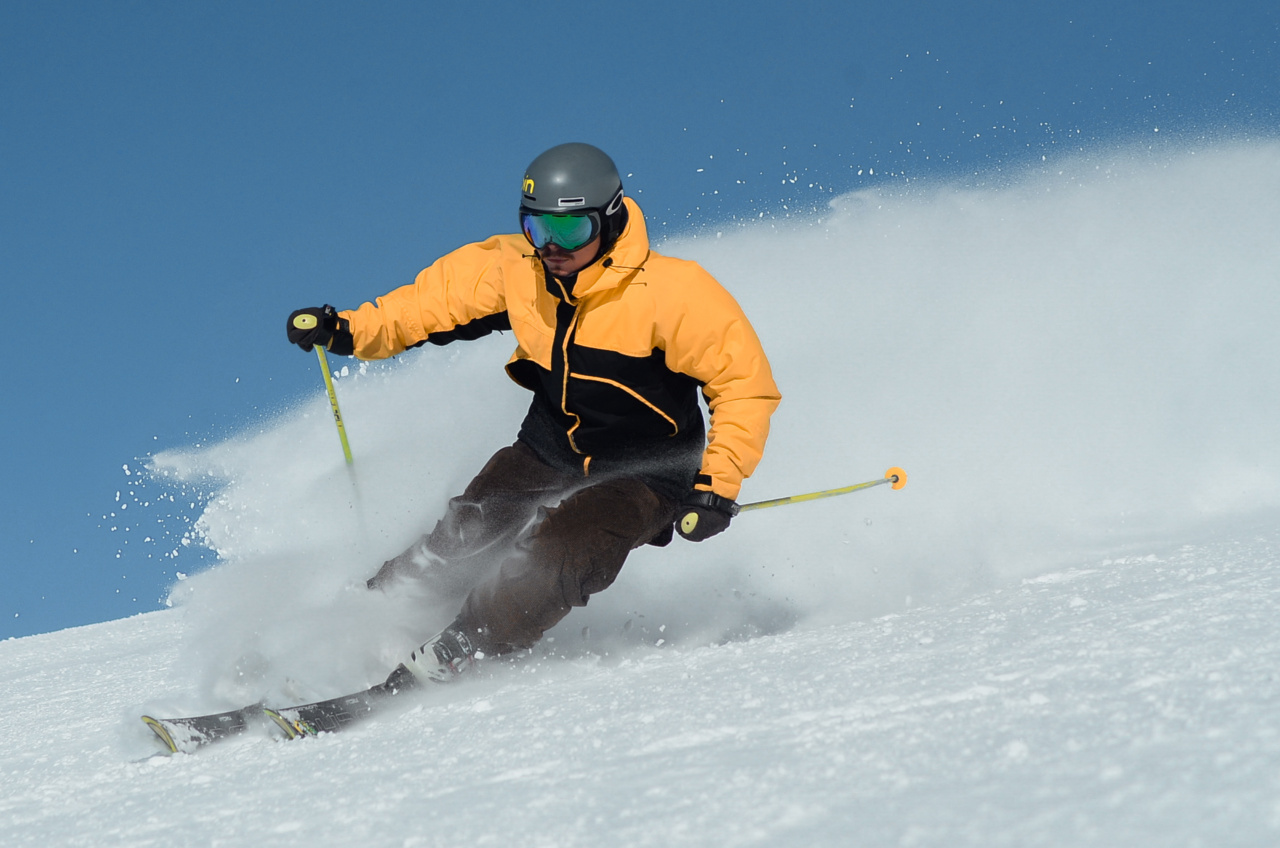Cold weather sports can be exhilarating and fun, but they also come with unique risks and challenges.
Whether you’re hitting the slopes, going ice fishing, or enjoying a brisk winter hike, it’s important to prioritize safety and take precautions to protect yourself from the elements. Here are some cold weather sport safety tips to help ensure you have a safe and enjoyable experience:.
1. Dress in Layers
One of the most important things you can do when engaging in cold weather sports is to dress appropriately. Layering your clothing helps trap heat and provides insulation.
Start with a moisture-wicking base layer, followed by an insulating middle layer, and finish with a waterproof and windproof outer layer. This way, you can easily adjust your clothing based on your activity level and the weather conditions.
2. Protect Your Extremities
When spending time in the cold, it’s crucial to protect your extremities to prevent frostbite. Wear warm gloves or mittens, thick socks, and insulated, waterproof boots.
Don’t forget a hat or beanie to keep your head warm, as well as a scarf or neck gaiter to protect your face and neck from cold winds.
3. Hydrate Properly
Staying hydrated is just as important in cold weather as it is during the summer months. Although you may not feel as thirsty, your body still needs an adequate amount of water to function properly.
Dehydration can decrease your performance and make you more susceptible to hypothermia, so be sure to drink plenty of fluids before, during, and after your cold weather activities.
4. Know the Weather Conditions
Before heading out to participate in a cold weather sport, check the weather forecast and be aware of any warnings or advisories. Extreme weather conditions may make it unsafe to be outdoors or engage in certain activities.
Always prioritize your safety and consider rescheduling or choosing a more suitable activity if conditions are not favorable.
5. Warm Up Properly
Just like with any physical activity, warming up before engaging in a cold weather sport is crucial.
Cold muscles are more prone to injury, so take the time to perform dynamic stretches and light exercises to increase your heart rate and warm up your body. This will help improve your performance and reduce the risk of strains or sprains.
6. Be Mindful of Sun Protection
Even when it’s cold, the sun’s rays can still be damaging to your skin and eyes. Apply a broad-spectrum sunscreen to exposed areas of skin, wear UV-protective sunglasses, and consider using a lip balm with SPF to prevent chapped lips.
Snow can also reflect UV rays, so take extra precautions if you’re engaging in snow activities.
7. Be Prepared for Emergencies
Accidents and emergencies can happen at any time, so it’s important to be prepared. Carry a fully charged cell phone with emergency contacts programmed, as well as a basic first aid kit.
Let someone know about your plans and estimated return time, especially if you’re going into a remote area. Familiarize yourself with the signs of hypothermia and frostbite, and know what to do in case of an emergency.
8. Listen to Your Body
Pay attention to how your body is feeling during your cold weather activity. If you start feeling lightheaded, overly fatigued, or experience numbness or tingling in your extremities, take a break, and seek shelter if necessary.
Ignoring these signs can lead to more serious health complications, so it’s always better to be cautious and listen to your body.
9. Be Cautious on Ice
If your cold weather sport involves being on ice, such as ice skating or ice fishing, take extra precautions. Check the thickness and quality of the ice before stepping onto it, and always wear appropriate footwear with good traction.
It’s also advisable to carry ice picks or crampons for added safety in case of an accidental fall.
10. Stay Informed and Educated
Lastly, stay informed and educated about the cold weather sport you’re participating in. Take lessons or seek guidance from experienced individuals to ensure you have the necessary skills and knowledge.
Be aware of any regulations or rules associated with your activity, and respect the environment and other participants.
Conclusion
By following these cold weather sport safety tips, you can minimize the risks and maximize the enjoyment of your winter activities. Remember to dress appropriately, protect your extremities, stay hydrated, and be mindful of the weather conditions.
Warm up properly, protect your skin from the sun, and be prepared for emergencies. Listen to your body, be cautious on ice, and always stay informed and educated. With these precautions in mind, you can embrace the cold weather and have a safe and memorable experience.




























